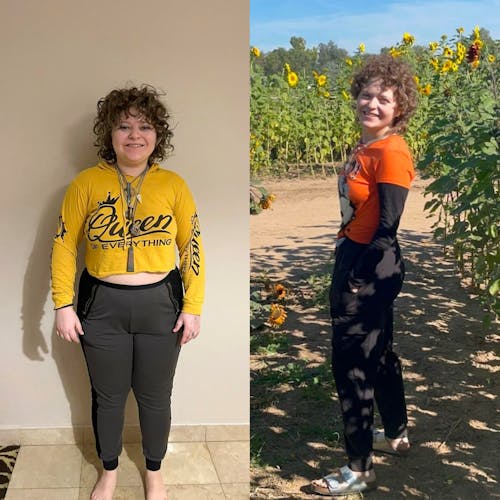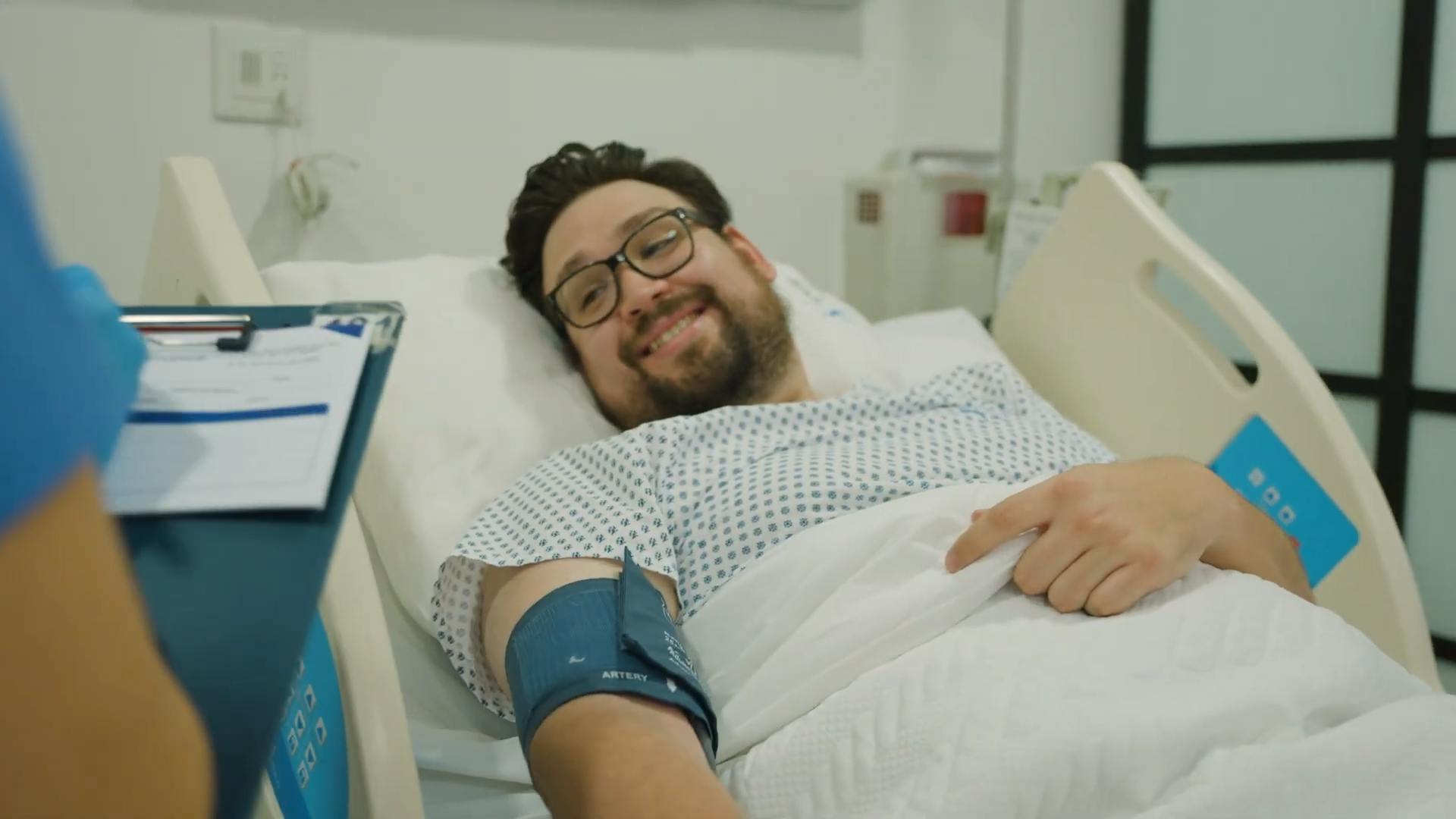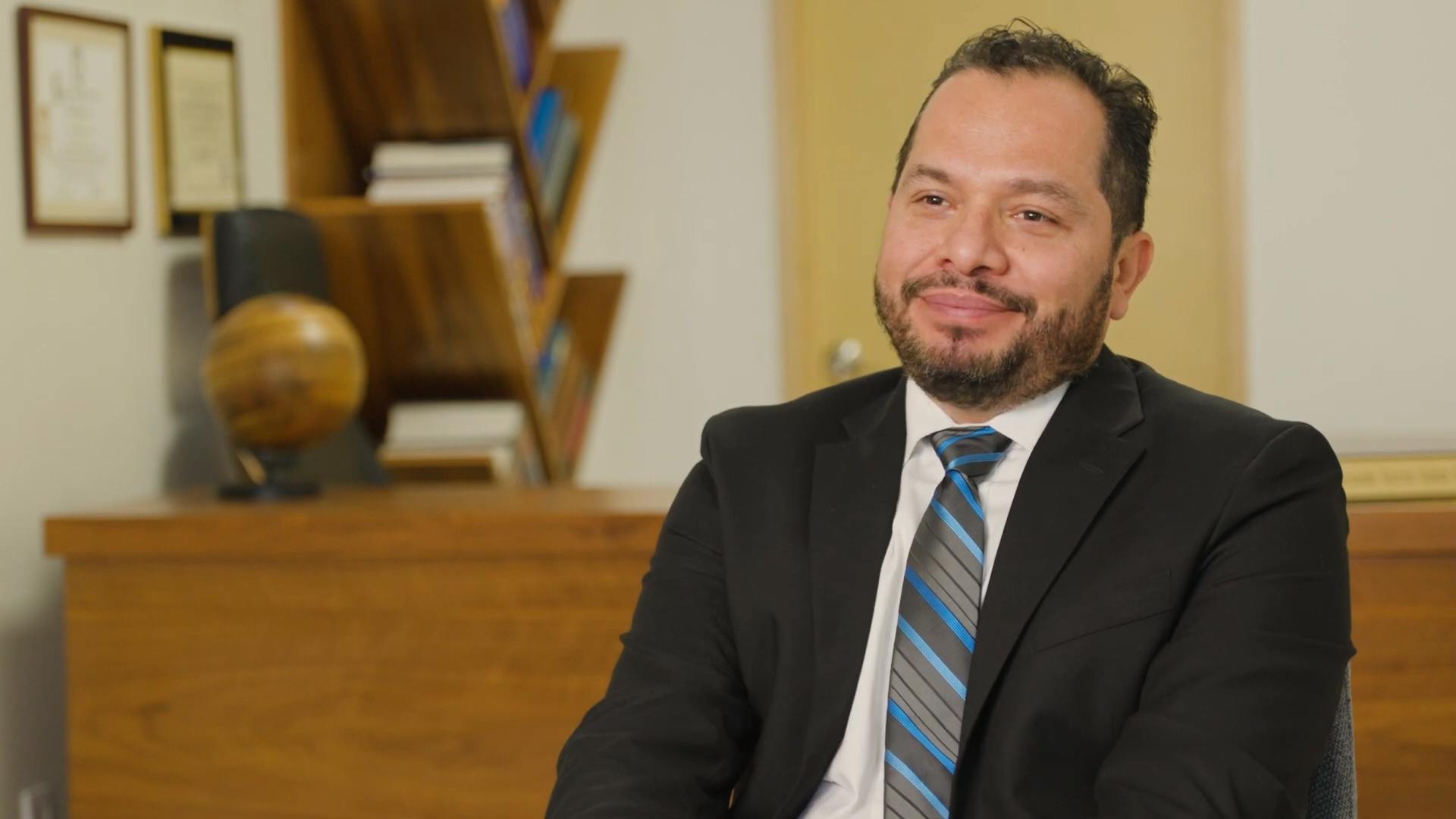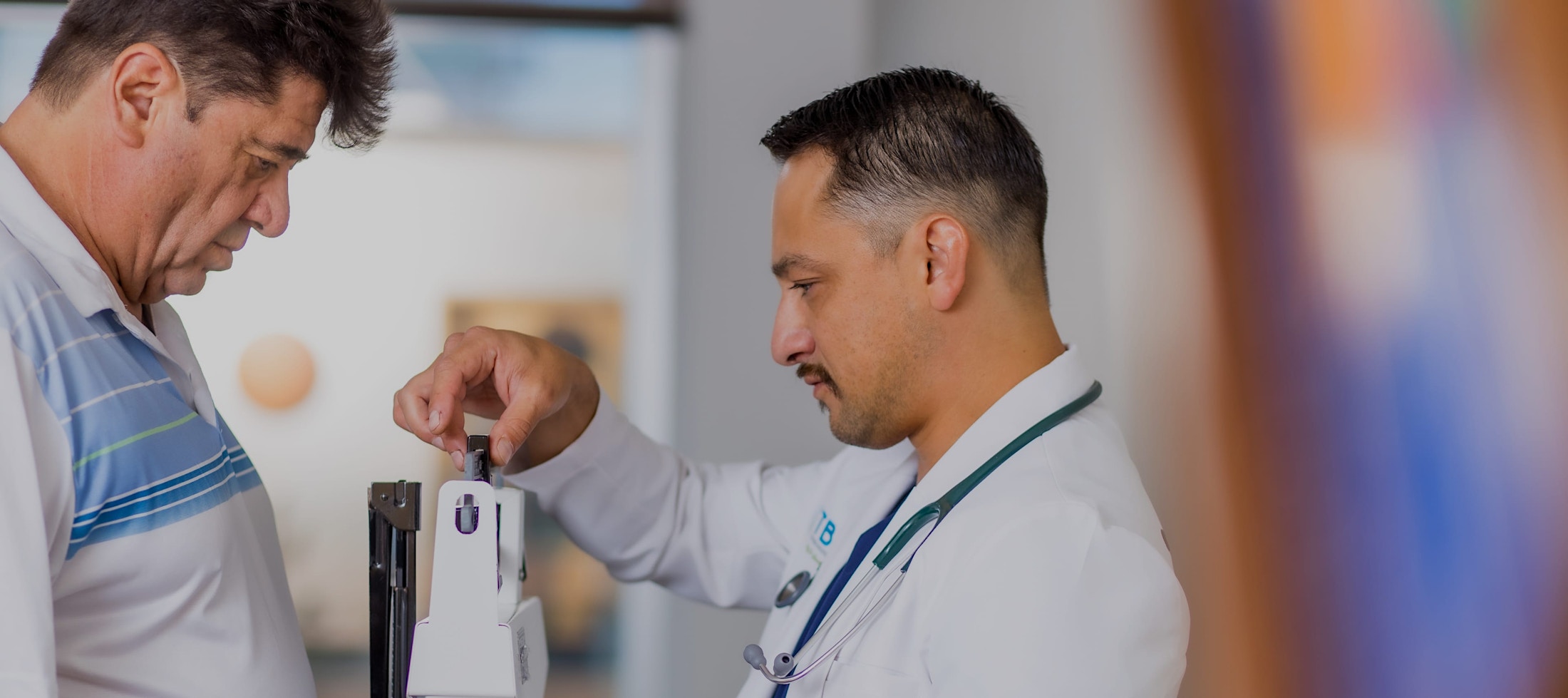How Does the LAP-Band Work?
This surgical treatment works by controlling hunger and portion size, as the upper portion of the stomach created by the device only allows you to eat a small amount at one time. When the gastric pouch fills, that part of the stomach sends signals to your brain that you are full. The amount you eat also takes longer to pass through your stomach due to the small opening of the adjustable gastric band. Digestion occurs normally.
For gastric band weight loss to succeed, your lap band must undergo periodic adjustments, called a fill, usually performed in a doctor's office. The first adjustment takes place about six to eight weeks after surgery. During each fill, your doctor will insert a small needle through your skin into the access port to either add or remove saline fluid depending on several factors, including weight loss.
Adding saline makes the opening between the stomach's two sections smaller, making the passage of food slower. The fluid goes into the band placed around the upper stomach for more restriction. Removing saline allows more rapid passage of food.

















